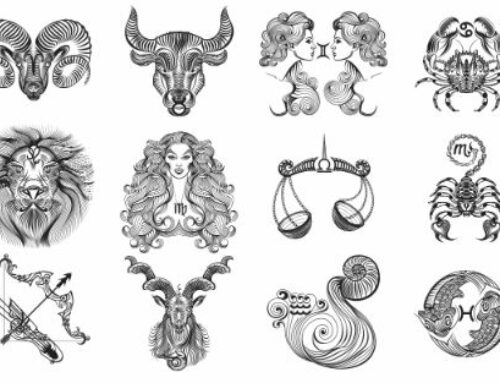Within office culture, it’s not uncommon for at least one personality test to circulate around the office. While there are a range of different personality tests, the common goal within all of them is to understand how individuals are similar and different. By gaining more insight about ourselves and the people surrounding us, we’re ideally able to relate and work together better.
A popular personality test is the Color Code Personality Profile. This test was created by Dr. Taylor Hartman and divides personalities into four colors: red, blue, white, and yellow. The four colors represent each of the four driving core motives that a person possesses. A person may be motivated by power (red), motivated by intimacy (blue), motivated by peace (white), or motivated by fun (yellow). While the categories are simple, they offer a clear way to understand a person’s natural motivations, strengths, and limitations.
The 45-question test includes two sections to assess your color. The first section asks about your strengths and limitations, and the second section asks you to identify how you react in particular situations. A free version of the test can be found here: https://www.colorcode.com/personality_test/.

Reds
The Reds of the world are natural leaders. They tend to be logical and have a good sense of the bigger picture. Although Reds are reliable and tenacious, they may tend to seem stoic and emotionless. Common strengths among Reds are confidence, decisiveness, discipline, independence, pro-activeness, and assertiveness. On the other hand, Reds often have a need to be right and may come across as overly blunt and judgmental. Areas of improvement for Reds include working on active listening, compromising, and remembering to prioritize personal relationships.
Blues
Blues thrive on relationships and are often selfless. Although they may be perfectionists, they’re self-discipline and sincerity are difficult to overlook. Blues are valued for their complex and intuitive perspectives, passion, enthusiasm, and loyalty. Nevertheless, Blues can sometimes be emotional, moody, insecure, judgmental, distrusting, and worry prone. Areas of improvement for Blues include looking on the positive side of life and focusing on understanding and accepting themselves.
Whites
Whites are our peacemakers. While Whites prefer to avoid confrontation, their need to seek comfort and validation translates to the most kind, considerate, and accepting of the colors. Whites have little ego and are thoughtful and careful listeners. Be cautious of Whites’ tendency to not share what they are feeling or understanding. Instead of being self-deprecating or not communicating their thoughts, Whites can improve by being more forthcoming and honest about their opinions.
Yellows
It’s not uncommon for Yellows to be the life of the party. They’re motivated by fun and are known for being spontaneous and optimistic. Their enthusiasm and persuasiveness help them thrive in many situations, and they love doing new activities. Some may view them as self-centered and lacking meaningful relationships, but a Yellow can improve on this by working beyond superficial level friendships and getting down to business when it’s a priority.







